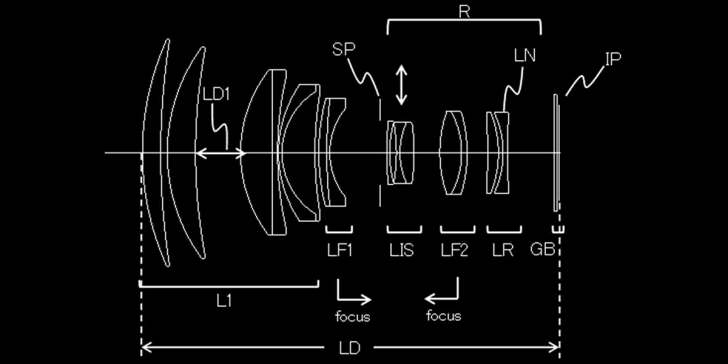The Canon EF 200 f/1.8L USM and EF 200mm f/2L IS USM are classic lenses, and it looks like Canon has plans for an RF version. While this focal length and speed are a niche combination, anyone that has used one knows they're pretty great.
This lens does not appear on our roadmap, but it's very likely that it's part of Canon's plans in the future.
Canon RF 200mm f/2L IS USM
- Focal Length: 195.00mm
- F Value: 2.05
- Half Angle of View: 6.33°
- Image Height: 21.64mm
- Lens Length: 184.49mm
- Backfocus: 22.35mm
You can check out JPO patent P2023099385 here.
Some of our articles may include affiliate links. If you purchase through these links, we may earn an affiliate commission at no extra cost to you.


I haven't read this patent, but the patents I have read (I read Japanese) are never for the lens formulae in the patent. Instead the patent is basically for a "recipe" to make a lens, and the lenses shown are simply examples of what you could do with that recipe. The patent might be say for a lens "recipe" whereby group 1 is net concave, group 2 is convex, group 3 accomplishes internal focus, group 4 is for image stabilization, group 5 is convex, group 6 is concave, with additional specifics on the lens group designs. Then they show how you can use this recipe to make a nice lens, but the patent isn't "for" that lens.
Not all of them are surfaced by these outlets.
Although asobinet is doing a pretty good job.
I can assure you that Canon would never make a lens without a patent.
It would immediately be copied and sold for less by other companies.
Instead I'm saying that of the patents I've read, and I say this as a life-long engineer who's been fluent in Japanese 30 years, are NOT FOR LENSES. They are for RECIPES FOR LENSES.
If the recipe is patented, no-one else can make a lens of that recipe without licensing from Canon.
I mean, thank you for agreeing with me.
But the way you put it makes it sound like you are correcting me.
Here's a recent example, the patent including the RF 24/1.8 (though that was yet another post where CRguy and/or his source mistook the patent for RF-S). You can see the matching patent diagram and actual lens block diagrams here.
Yes, patents are for optical formulae. Nothing new here, that's always been the case. It leads to confusion for some, e.g. when people read a 'lens length' value and assume it means the length of the physical lens since they don't know it actually means the optical formula length (front surface to image plane).
There has been numerous optical advancements since then, support for new teleconverters, quicker aperture supporting higher framerates etc etc.
I want to see that lens and its performance.
Maybe one day I can afford it ;)
I'm all for Canon coming out with more options, but with them producing lenses from a small fraction of their patents, I'm not holding my breath.
I expect it to sell above $6k but below $9k.
Over 1000€ it's an hard NO :LOL: